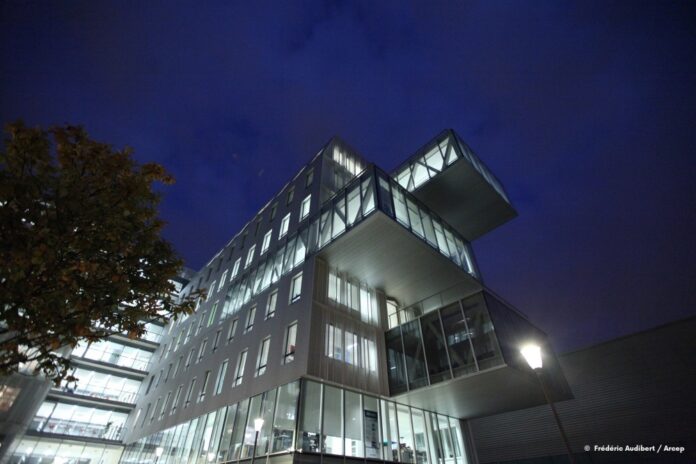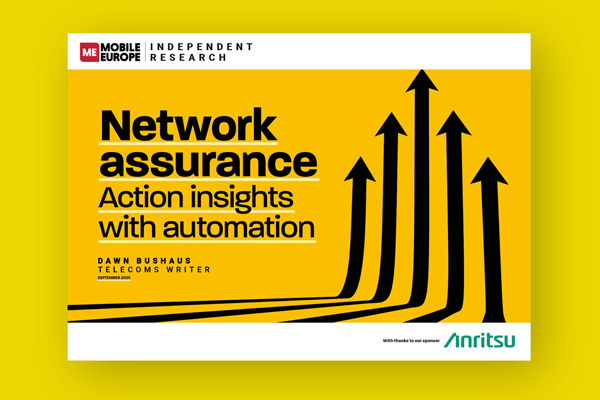Advisory committee calls for deeper Wi-Fi analysis and warns of uncertainties in future spectrum strategy
A panel of French and international academics advising French regulator Arcep has raised questions about the regulator’s recent study on the future use of wireless spectrum, particularly its treatment of the upper 6 GHz band. Average mobile data traffic per user in metropolitan France has increased from 530 Mb to 17 Gb a month since 2015, which translates into a 32-fold increase. Arcep decided to investigate future network needs and this is where the debate emerged.
The regulator commissioned a study from consulting firm Analysys Mason, to obtain forward-looking information on changing user practices on wireless networks, and to carry out simulations of wireless electronic communications networks’ scaling requirements according to different scenarios and assumptions.
The regulator also published the opinion of the advisory committee responsible for providing a critical analysis of these findings. While broadly endorsing Analysys Mason’s technical modelling and findings, the committee of experts urged greater scrutiny of how the 6 GHz range should be shared between mobile networks and Wi-Fi systems.
The study assessed future demand on wireless networks to 2035 and modelled how new frequency allocations might affect network capacity and carbon emissions. The results suggested that assigning the upper portion of the 6 GHz band (6425–7125 MHz) to mobile operators could sharply reduce the number of new mobile sites required under high-demand scenarios, helping to limit both costs and energy use.
In its review, however, the advisory committee – comprising Clément Marquet (Mines Paris-PSL), James F. Kurose (University of Massachusetts), Jean-Samuel Beuscart (Sciences Po Medialab) and Marios Kountouris (EURECOM) – said that this conclusion offered only part of the picture.
What about Wi-Fi?
The experts noted that the report did not examine an equivalent scenario in which part or all of the upper 6 GHz band would be opened to Wi-Fi, nor did it model potential coexistence between cellular and unlicensed technologies. As a result, they reckoned the quantitative benefits attributed to mobile use should be treated as upper-bound estimates.
The committee called for more nuanced modelling of Wi-Fi evolution, including how interference between access points might affect capacity, and how future Wi-Fi 7 and Wi-Fi 8 deployments could absorb traffic now carried on mobile networks. It also recommended exploring the real-world complexity of network sharing and densification, which might erode some of the theoretical gains attributed to 6 GHz use for mobile.
“The opening of the upper 6 GHz band to mobile networks appears to offer significant gains,” the experts wrote, “but the study’s simplified treatment of Wi-Fi performance and interaction with cellular systems limits the robustness of that conclusion.”
They further suggested that Arcep might benefit from introducing an additional scenario isolating the effect of new spectrum bands from that of greater network network sharing. Beyond spectrum allocation, the committee welcomed the inclusion of a carbon-impact assessment but described it as preliminary. The analysis, they said, relied on industry averages and did not capture the full life-cycle or indirect effects of network expansion and increased device usage.
Since most emissions stem from user devices rather than infrastructure, they warned that conclusions about environmental benefits should be viewed with caution. Overall, the experts described Analysys Mason’s report as coherent and valuable for anticipating future congestion risks, but emphasised its exploratory nature.
They instead urged Arcep to regard its findings as indicative rather than prescriptive, particularly concerning the 6 GHz band – an increasingly contested slice of spectrum that will shape Europe’s approach to balancing licensed and unlicensed wireless connectivity in the coming decade.




